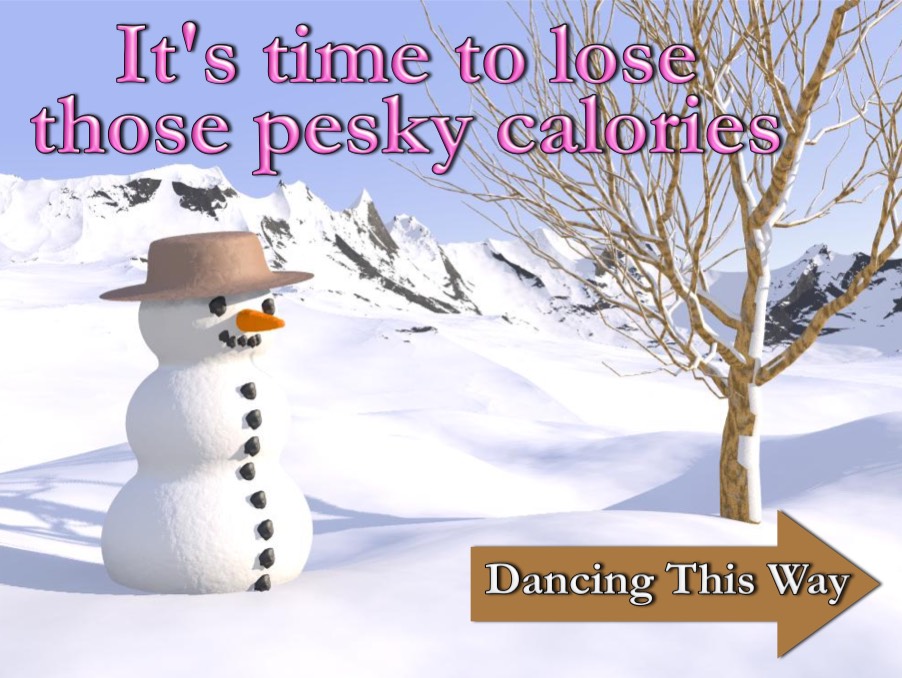Who Was Here This Fine Evening? (Page Two)
|
|
Page 1 - Pre-Dinner Visiting
Page 2 - Who Was Here Tonight? Page 3 - Serious Dancing Gets Underway Page 4 - Comic View Of The Evening |
|


Great fun with great friends!
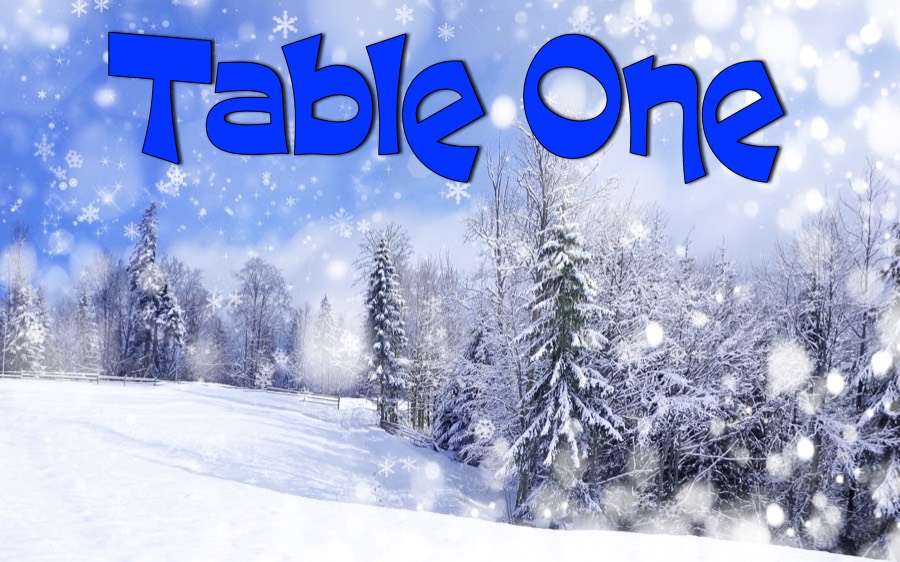






Did You Know? - Many insects prepare for winter by creating their own "antifreeze." During the fall, insects produce more glycerol, which gives their body a "super-cooling ability" by allowing bodily fluids to drop below freezing without causing ice damage. Glycerol also lowers the freezing point, which makes insects more cold tolerant and protects their tissue and cells from ice damage. Their glycerol levels drop again during the spring.i
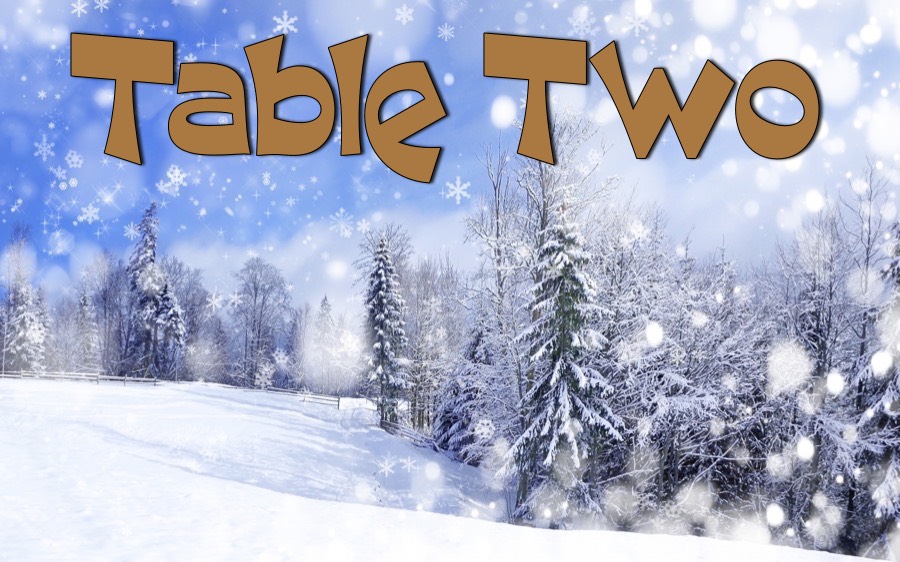




Did You Know? - The definition of a blizzard is when visibility is reduced to ¼ of a mile and the winds are 35 mph or more. The storm also must last at least 3 hours. If any of these specific conditions is not met, then it is a snowstorm instead.






Did You Know? - Some plants, both annual and perennials, require "vernalization" (from Latin vernus, meaning "of the spring") to flower. This means that a plant needs to experience a period of low winter temperature to initiate or increase the flowering process. Researchers believe this ensures that seed production begins in spring and summer rather than in the fall.






Did You Know? - Every winter, at least one septillion (that's 1 followed by 24 zeros) snow crystals fall from the sky.






Did You Know? - The Southern Hemisphere typically has milder winters than the Northern Hemisphere. This is because the Southern Hemisphere has less land and a more maritime climate.
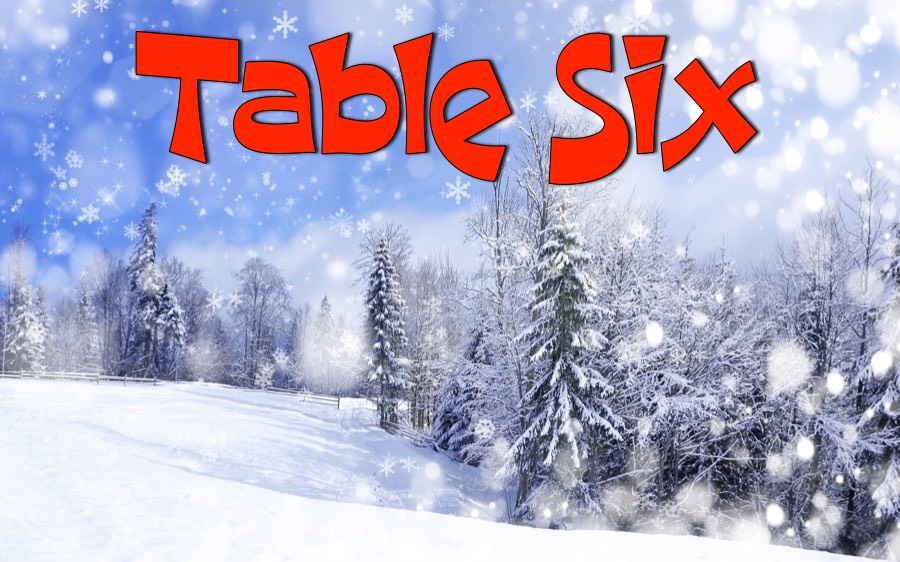





Did You Know? - A single snowstorm can drop 39 million tons of snow.





Welcome to the Groetsch's... So happy you joined us this evening!

Did You Know? - Snow is translucent, not white.
Snow, like the ice particles it's made up of, is actually colourless. It's translucent, which means that light does not pass through it easily (like it would transparent glass), but is rather reflected. It's the light reflected off a snowflake's faceted surface that creates its white appearance.
But why white? The reason we see objects as colours is because some wavelengths of light are absorbed while others are reflected (remember, light is a spectrum of colors). The object takes on whatever colour light is reflected. For example, the sky is blue because the blue wavelengths are reflected while the other colours are absorbed. Since snow is made up of so many tiny surfaces, the light that hits it is scattered in many directions and will actually bounce around from one surface to the next as it's reflected. This means no wavelength is absorbed or reflected with any consistency, so the white light bounces back as the colour white.
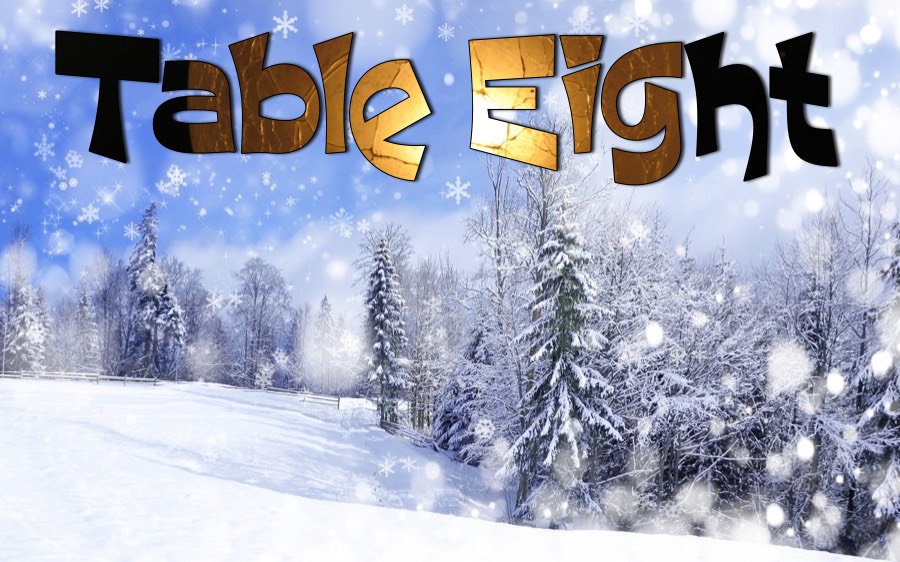





Did You Know? - Igloos can be more than 100 degrees warmer inside than outside.
And they're warmed entirely by body heat. Since fresh, compacted snow is approximately 90 to 95 percent trapped air (meaning it can't move and transfer heat) it's a great insulator. Many animals, such as bears, dig deep holes in the snow to hibernate through the winter.
|
|
Page 1 - Pre-Dinner Visiting
Page 2 - Who Was Here Tonight? Page 3 - Serious Dancing Gets Underway Page 4 - Comic View Of The Evening |
|
